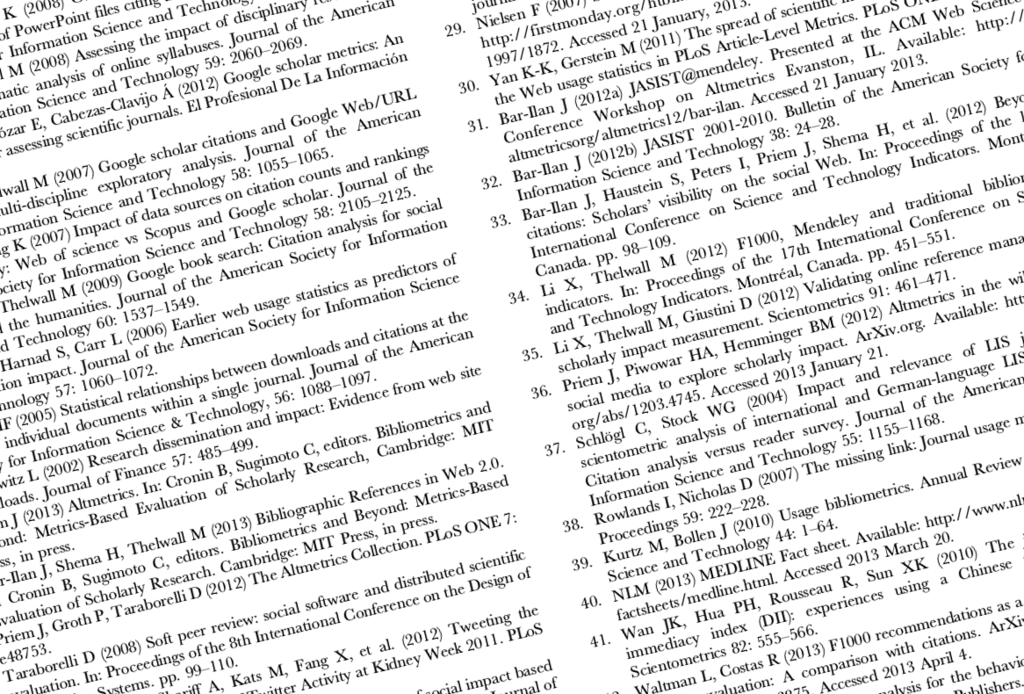In an age of new ideas, and living in the liberal bubble of the Bay Area, I often hear talks surrounding women’s rights. Here at SCU we have a specific department on women in gender studies, focused on addressing and discussing gender inequalities which is prevalent in society. It’s great that my school is taking initiative on a sensitive but important topic and I am extremely proud to be a student in a school which represents that.

Gender stereotypes…think about it. (Source)
This is why I was surprised when I came across this article. A Center for Men’s Leadership? I never thought of such an organization. Women have always been the ones placed below men in society, and this system called for the need to empower women’s rights. But men were never the ones at a disadvantage. What is the need for this center?
Turns out, the program is part of St. John’s University, an all-male liberal arts college in Minnesota. Context, right? It makes a lot more sense that there is an institution just for men at a men only school! By embracing their gender identity this program aimed to create a safe space for men to come together and expand their conversations into actions to help out the community. According to the article, students involved saw higher academic achievement and developed leadership skills, and it led to community service projects too. Here’s the vision statement of the program, now called Men’s Development Institute.
To develop and foster an environment where men are encouraged and empowered to reach their full potential.To provide a community for men to recognize and celebrate a variety of masculine identities while also acknowledging the issues of male privilege in our gendered culture.
So two take-aways from this:
1) Context context context! Always understand the context surrounding something. Never run to judgement, it is not necessary anyway in my case of writing a research paper. Careful consideration of rhetoric can lead to deeper insights.
2) Safe spaces are important! By purposefully creating spaces where students can come together and share their identity without retaliation, universities can engage students with the community. Networking leads to more opportunities as well. This shows that programs based on student identities can be extremely effective!


















